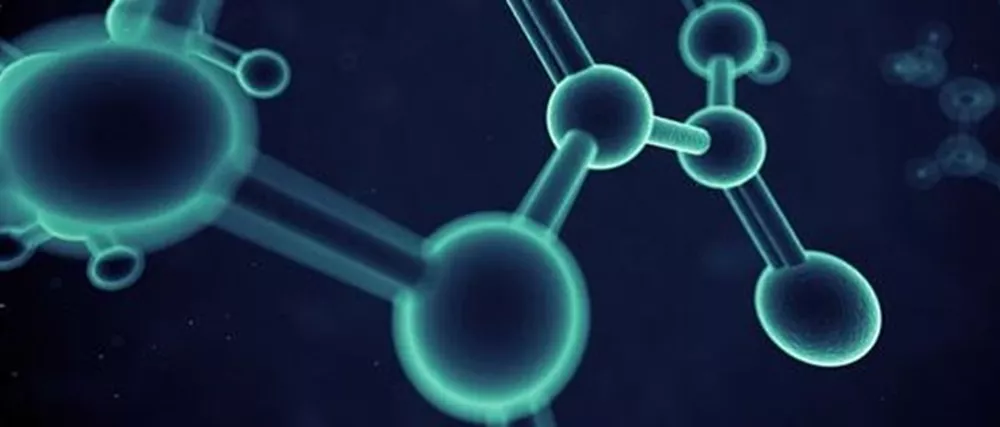Graphene is an engineered nanomaterial with an extraordinarily vast range of useful properties. Its discovery is as important as ubiquitous silicon, and its discoverers, two Russian siblings studying at Manchester University, won the Nobel Prize in 2010. Since then the EU has ploughed a billion euros into encouraging multi-disciplinary R&D to further explore the practical properties of this super-material.
Graphene is a two-dimensional hexagonally arranged crystalline lattice of pure carbon. It is only one atom thick and is the thinnest material known to man. It also happens to be 200 times stronger than steel. Oh, and it is also the world’s most conductive material. Not to mention, flexible, stretchable, transparent and impermeable. It’s hard to describe the properties of graphene without it seeming like an exaggeration; it does sound just that bit too good to be true, something to be placed alongside Flubber, Adamantium and Rearden-metal as a fictional super material.
However unlike these fictional materials it has quite humble beginnings. The name graphenemay already seem familiar because it is in fact a constituent of graphite, which anyone who has used a pencil will have come into contact with. It is isolated from graphite through a startlingly simple method: Scotch tape. Yes, by peeling layers from a stick of graphite with Scotch tape, the graphene is separated from the other constituents of graphite. It is a painstaking process but it is still the preferred method for those experimenting with the material. But of course there are other methods favoured to industry that can producegraphene on a larger scale.
Once graphene is developed enough for mass production and common use in industry, it is set to become a key component in all manner of technologies. Due to its super conductive nature, it makes the ideal material to be incorporated into batteries, creating a new generation of super-efficient electrical devices. While this would greatly increase the battery life of an everyday object such as a mobile phone, it will also make a big difference to larger battery powered technologies.
Elon Musk, CEO of Tesla is seriously considering using graphene in the batteries of the new all-electric Model S Sedan as it could nearly double the amount of miles the car could beforeneeding to be recharged. Not only would graphene allow a larger battery charge to be carried by the car, it would also be quicker to re-charge. If this were to happen, electric cars would be a more viable choice to drivers who have been put off by their low range, and high re-charging time. Imagine a similar change in efficiency across a wide range of products and industries and disciplines and it isn’t hard to see how important graphene is.
Previous technological advances have been very profitable for the US and Asia, while Europe has lagged behind. The discovery of Graphene is Europe’s very own and as such they are very keen that businesses and universities within the EU are the ones to make marketable discoveries using graphene before the rest of the world does. The Graphene Flagship consortium has been set up to ensure that this innovation is used to boost the EU’s economy. For any SME’s researching into graphene, the race is on to find patentable innovations.
Get credit for your business innovation with research and development tax credits claim assistance from RIFT. Find out more about R&D tax credits for engineering firms, deep dive into the world of business innovation with our insights, or contact RIFT R&D today to find out how we can maximise your benefits.

